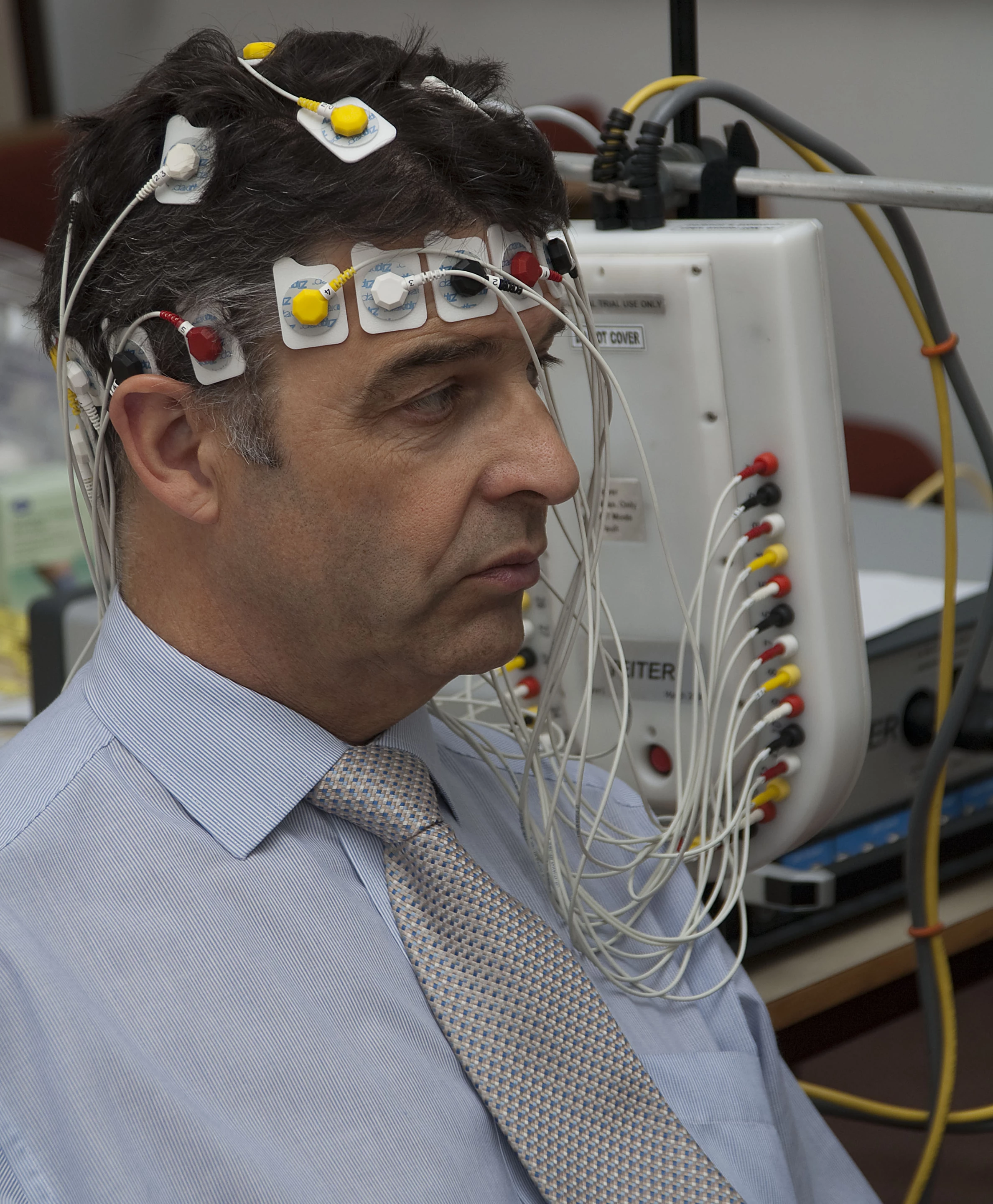Using a newly developed imaging technique, researchers in the U.K. have for the first time observed what happens to the brain as it loses consciousness. The method known as "functional electrical impedance tomography by evoked response" (fEITER) uses a 32 electrode array to scan the brain at a rate of 100 times a second and by applying this as an anaesthetic drug takes effect, researchers are able to build a real-time 3-D video that will aid in better understanding of how the brain functions and the nature of consciousness.
The multidisciplinary team from the University of Manchester are the first to apply electrical impedance tomography (EIT) to anaesthesia.
So far the evidence supports the theory put forward by Oxford University's Professor Susan Greenfield that consciousness is not an ON/OFF state but more like a dimmer switch.
"Our findings suggest that unconsciousness may be the increase of inhibitory assemblies across the brain's cortex," said Brian Pollard, Professor of Anaesthesia at The University of Manchester (UK). "These findings lend support to Greenfield's hypothesis of neural assemblies forming consciousness.
"We have looked at 20 healthy volunteers and are now looking at 20 anaesthetized patients scheduled for surgery. We are able to see 3-D images of the brain's conductivity change, and those where the patient is becoming anaesthetized are most interesting."
"We have been able to see a real time loss of consciousness in anatomically distinct regions of the brain for the first time. We are currently working on trying to interpret the changes that we have observed. We still do not know exactly what happens within the brain as unconsciousness occurs, but this is another step in the direction of understanding the brain and its functions."
EIT also holds promise in diagnosing changes to the brain that occur as a result of head injury, stroke and dementia.
"If its power can be harnessed, then it has the potential to make a huge impact on many areas of imaging in medicine," said Pollard.
The findings are were presented earlier this month at the European Anaesthesiology Congress in Amsterdam.
Source: University of Manchester.








